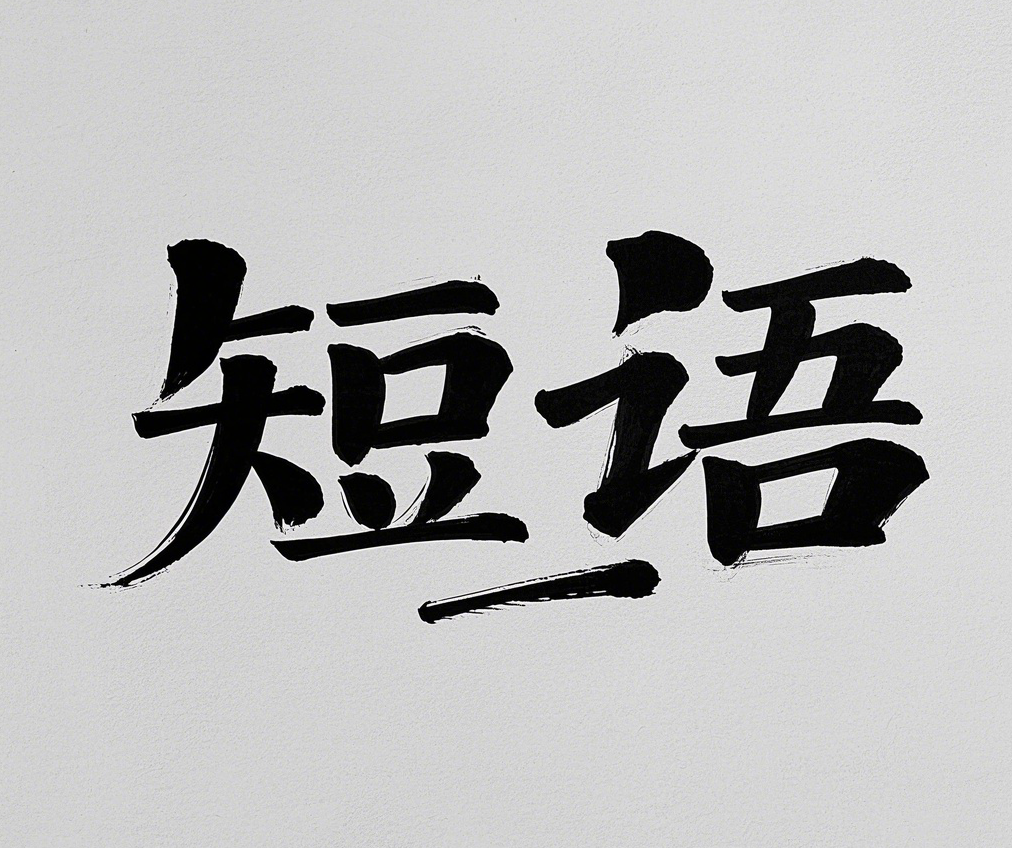machine spun yarn
简明释义
机械纺纱的细纱
英英释义
A type of yarn that is produced using industrial machinery, typically resulting in a consistent thickness and texture. | 一种使用工业机器生产的纱线,通常具有一致的厚度和质地。 |
例句
1.When knitting with machine spun yarn, you can achieve a more uniform stitch compared to hand-spun options.
使用机器纺纱编织时,与手工纺纱相比,你可以获得更均匀的针脚。
2.Many manufacturers choose machine spun yarn for its efficiency and cost-effectiveness.
许多制造商选择机器纺纱,因为它高效且具有成本效益。
3.For the blanket, I prefer using machine spun yarn because it provides a consistent texture.
对于这条毯子,我更喜欢使用机器纺纱,因为它能提供均匀的质感。
4.The machine spun yarn used in this scarf is durable and resistant to fraying.
这条围巾使用的机器纺纱耐用且不易磨损。
5.The sweater is made from high-quality machine spun yarn, which makes it incredibly soft.
这件毛衣是用高质量的机器纺纱制成的,手感非常柔软。
作文
In the world of textiles, the term machine spun yarn refers to yarn that is produced using modern machinery rather than traditional hand-spinning methods. This innovation has revolutionized the way we produce fabrics and has had a significant impact on the textile industry as a whole. Understanding the process and benefits of machine spun yarn can help us appreciate the advancements in textile technology and their implications for both manufacturers and consumers.The production of machine spun yarn typically involves several steps. First, raw fibers such as cotton, wool, or synthetic materials are gathered and prepared for spinning. These fibers are then fed into a spinning machine, which twists and draws them out into long strands of yarn. The process is highly efficient, allowing for large quantities of yarn to be produced in a relatively short amount of time. This efficiency is one of the primary advantages of machine spun yarn, as it meets the demands of a fast-paced fashion industry that requires quick turnaround times.One of the key benefits of machine spun yarn is its consistency. Unlike hand-spun yarn, which can vary significantly in thickness and texture depending on the skill of the spinner, machine spun yarn offers uniformity. This uniformity is crucial for manufacturers who need to ensure that their products meet specific quality standards. Additionally, the precision of machines allows for the creation of specialized yarns that may not be achievable through hand-spinning methods.Furthermore, machine spun yarn is often more affordable than hand-spun alternatives. The reduction in labor costs and the ability to produce yarn at scale means that consumers can access a wider range of products at lower prices. This democratization of textile production has made various fabrics more accessible to the general public, thereby expanding the market for clothing and home textiles.However, it is important to note that the rise of machine spun yarn has also led to concerns about the loss of traditional craftsmanship. Many artisans who specialize in hand-spinning techniques argue that the unique qualities of hand-spun yarn cannot be replicated by machines. Hand-spun yarn often carries a certain charm and individuality that mass-produced yarn lacks. This has led to a niche market for hand-spun products, where consumers are willing to pay a premium for the artistry and uniqueness of these items.In conclusion, the advent of machine spun yarn has transformed the textile industry, offering numerous advantages such as efficiency, consistency, and affordability. While it has raised concerns about the decline of traditional spinning methods, it is essential to recognize the role that machine spun yarn plays in modern manufacturing. As consumers, we have the choice to appreciate both machine-made and hand-spun products, understanding that each has its own merits and place in the textile landscape. Ultimately, the evolution of yarn production reflects broader trends in technology and society, highlighting the balance between innovation and tradition in our ever-changing world.
在纺织品的世界中,术语机器纺纱线指的是使用现代机械而非传统手工纺纱方法生产的纱线。这一创新彻底改变了我们生产面料的方式,对整个纺织行业产生了重大影响。理解机器纺纱线的过程和优点可以帮助我们欣赏纺织技术的进步及其对制造商和消费者的影响。机器纺纱线的生产通常包括几个步骤。首先,收集并准备原材料,如棉花、羊毛或合成材料,以便进行纺纱。这些纤维被送入纺纱机,机器将其扭转并拉伸成长纱线。这个过程效率极高,使得大量纱线在相对较短的时间内生产出来。这种效率是机器纺纱线的主要优势之一,因为它满足了快速时尚行业对快速周转时间的需求。机器纺纱线的一个关键好处是其一致性。与手工纺纱线相比,后者的厚度和质地可能会因纺纱者的技能而有显著差异,而机器纺纱线则提供了均匀性。这种均匀性对于需要确保其产品符合特定质量标准的制造商至关重要。此外,机器的精确性使得创建一些通过手工纺纱方法无法实现的特殊纱线成为可能。此外,机器纺纱线通常比手工纺纱的替代品更实惠。劳动力成本的降低以及大规模生产纱线的能力意味着消费者可以以较低的价格获得更广泛的产品。这种纺织品生产的民主化使各种面料更容易被大众所接受,从而扩大了服装和家用纺织品的市场。然而,需要注意的是,机器纺纱线的兴起也引发了对传统工艺失传的担忧。许多专注于手工纺纱技术的工匠认为,机器无法复制手工纺纱线的独特品质。手工纺纱线往往具有某种魅力和个性,而这种魅力在大规模生产的纱线中缺失。这导致了手工纺纱产品的细分市场,消费者愿意为这些物品的艺术性和独特性支付溢价。总之,机器纺纱线的出现改变了纺织行业,提供了效率、一致性和经济实惠等众多优势。虽然它引发了关于传统纺纱方法衰退的担忧,但我们必须认识到机器纺纱线在现代制造中的作用。作为消费者,我们可以选择欣赏机器制造和手工纺纱的产品,理解每种产品在纺织品领域中都有其自身的优点和位置。最终,纱线生产的演变反映了技术和社会的更广泛趋势,突显了在不断变化的世界中创新与传统之间的平衡。
相关单词
